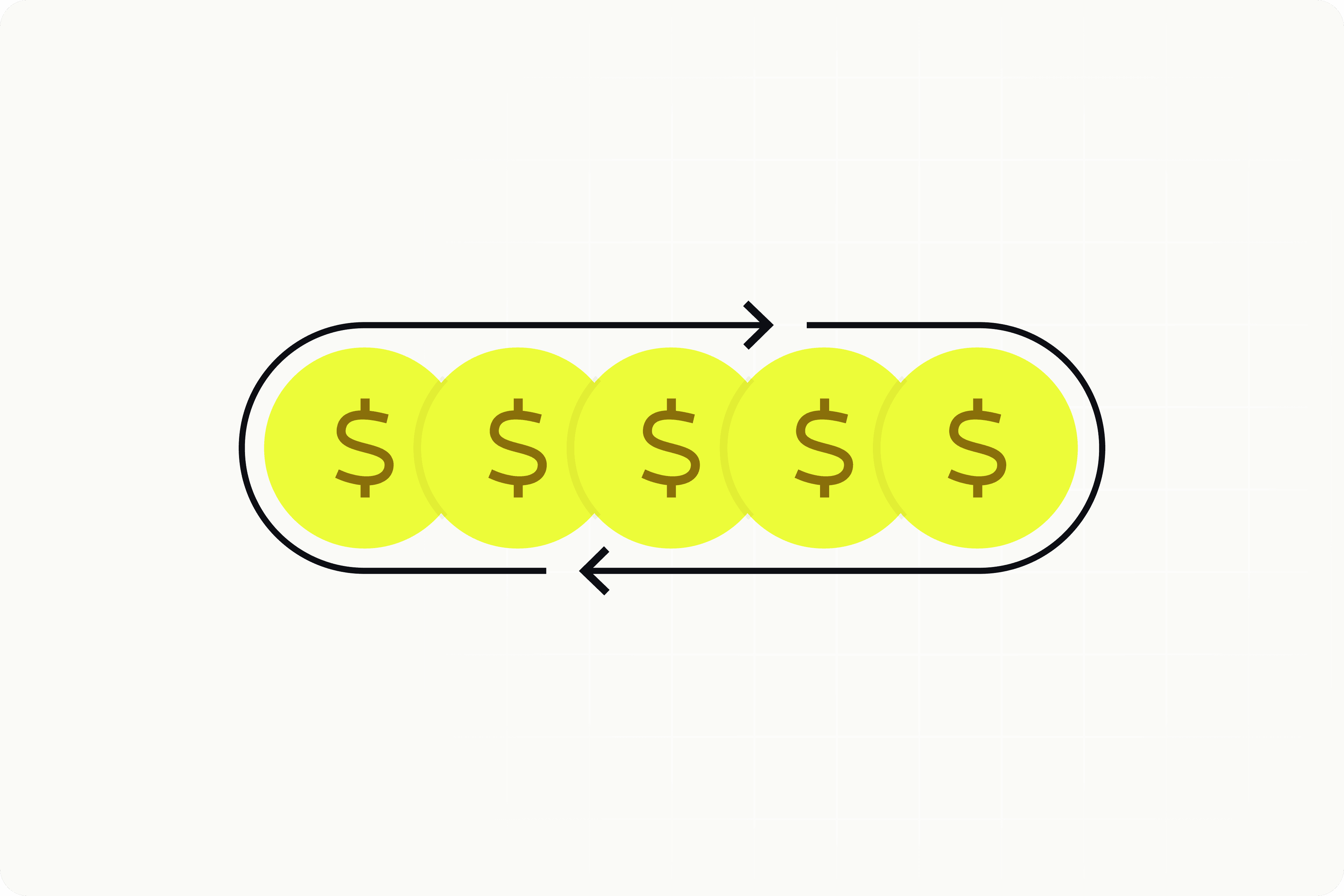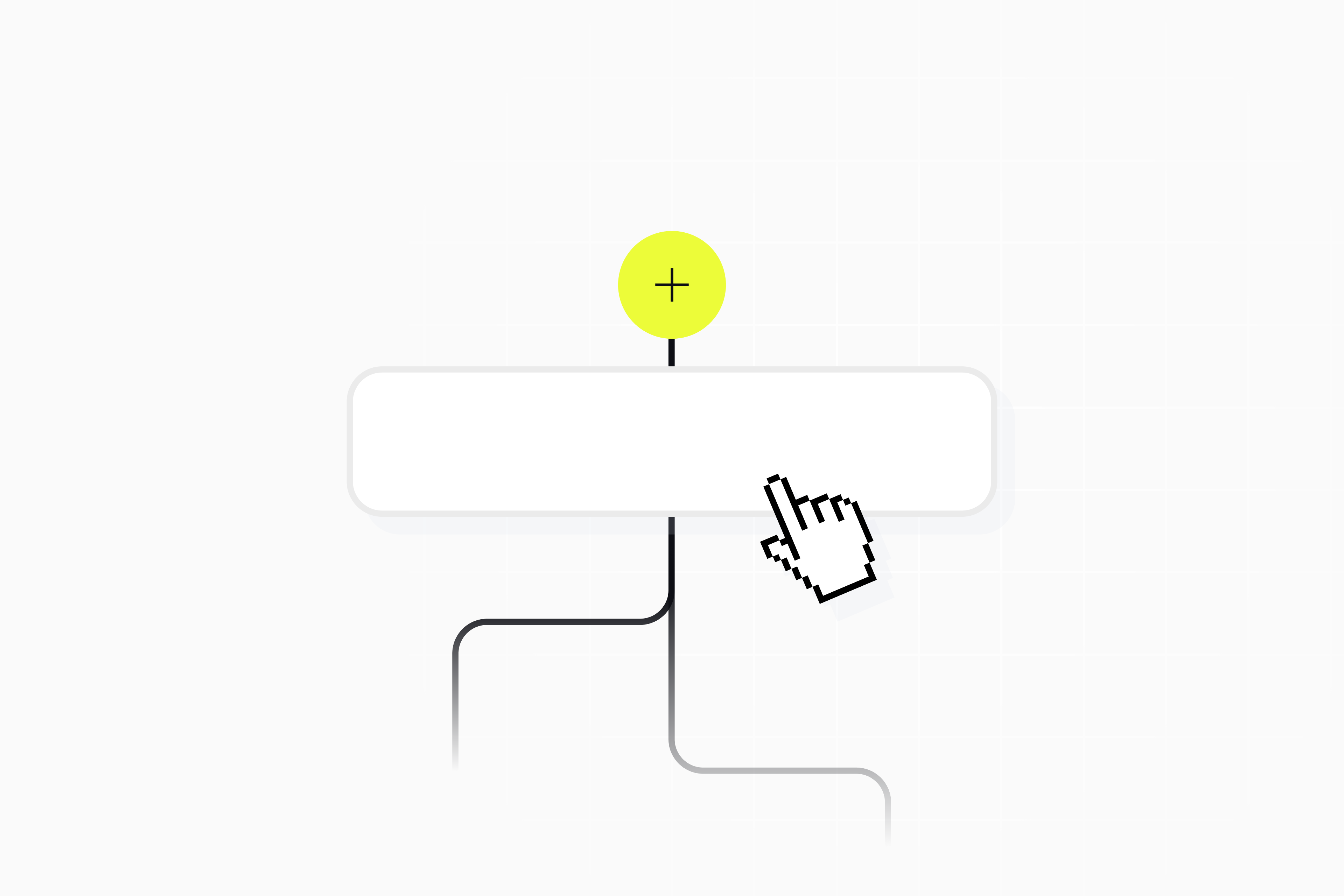Lenders can now prevent fraud both during the application process and from within their existing portfolio.
Fraud has always been a major problem for lenders, but technology is changing the game. While there are new types of fraud for lenders to contend with, there are also new tools that help lenders fight back.
Loan fraud was the fifth most common type of identity fraud in 2023, empowered by new types of fraud such as synthetic identity theft (where fraudsters use bits and pieces of real identities to craft fake identities). In 2023, small business lenders saw fraud levels increase by 13.6%, with 64% of lenders reporting that they expect the problem to get worse.
Protecting against loan fraud is one of a lender’s most important jobs. In this article, we’ll help you better understand loan fraud and how to use technology to fight against it during the loan application process and from within your existing portfolio.

Understanding business loan fraud
Many people know about consumer lending fraud, such as identity and credit card theft, but business lenders need to be aware of threats as well. In our customer discussions, we found that small business lenders experience charge-off rates ranging from 3 to 10% of their portfolio.
In particular, the following types of loan fraud affect business loans the most frequently.
- Falsified documents: Fraudsters can forge business documents such as tax forms, financial statements, and invoices and combine them with forged personal documents to create a fake business to take out loans with.
- Commercial bust out: Criminals will open multiple lines of credit under different businesses and then simply abandon their accounts after maxing them out. This can be done with stolen identities or real ones.
- Misrepresented earning/income fraud: Without proper verification, it’s easy for a business to exaggerate how much they make when asking for a loan. This can be used to qualify for more they can reasonably repay or be a type of outright fraud.
- Never pay fraud: This one is simple. A business takes out a loan and never makes a single payment. This could be because of fraud or because they went out of business. Either way, proper due diligence should prevent this easily unless an applicant is lying or falsifying documents.
- Business identity theft: It’s possible for a fraudster to take over a business account and apply for loans in the same way that is done to individuals. This is also known as ‘account takeover’ fraud, where an imposter takes over accounts and misrepresents a business or individual in loan applications.
While most lenders will account for some risk in their portfolios and financially prepare for it in their credit risk management strategies, the impact can still be large. Prepared or not, no loan fraud is always better than some. That’s why loan fraud prevention is so important.
Technology’s role in loan fraud prevention
Lenders can do a lot to prevent fraud during the application process. However, each fraud prevention tactic can cost them incrementally more money and possibly weed out some qualified borrowers by making the process more difficult. They must strike a balance between an easy application process and preventing fraud.
Technology can provide streamlined fraud-prevention tactics without causing too much friction in the application process. Some of the technology-based tactics that can reduce fraud include:
Advanced data analytics
Feeding more detailed and advanced data into underwriting formulas can quickly expose potential fraudsters. Lenders can look for anomalies or fraudulent patterns in areas like business transaction history, location and device information, application documents, and other applicant details.
AI and machine learning
Algorithms can be designed to use the advanced data analytics mentioned above to automatically find and report fraud risks. They can even give a ‘risk score’ that tells you how likely an applicant is to commit fraud. You can set your own risk tolerance based on the AI-generated risk score and automatically decline applicants above a certain threshold.
Cash flow insights
Examining transaction records is a sure-fire way for lenders to find a fraudster since they will not have typical business transactions. Lenders can ask applicants to link a bank account using a service like Plaid or MX to automatically pull cash flow data, then use those insights to make a judgment. They may only ask for cash flow data from applicants above a certain ‘risk score’ so they don’t slow down the process for low-risk borrowers.
Anti-fraud networks
Loan fraudsters will often strike with the same fake or stolen identities more than once. To combat repeat fraud attempts, anti-fraud networks such as the Lexis Nexis Contributory Risk Repository and Plaid Beacon have created a database of fraudulent identities. Lenders can quickly scan the identities of those they suspect of fraud against these databases to see if there’s a match.
Preventing loan fraud within your existing portfolio
While most lenders can take extensive fraud prevention measures before originating a loan, not as many take action post-origination. Once a loan goes into repayment, it’s harder to monitor the borrower’s risk. Loan payments might start coming in, but things can change fast and without warning.
Loan portfolio monitoring is a post-origination fraud prevention tactic that could save lenders millions annually. It works by automatically flagging borrower behavior to help lenders avoid missed payments early on. Used effectively, it can reduce delinquencies, especially over the long term.
Using data to prevent fraud from existing accounts and increase portfolio health
Canopy is developing a system that uses loan payment behavior to flag high-risk loans and send instant alerts. It leverages connected borrower data from sources such as Quickbooks or Plaid to create borrower segments based on risky vs non-risky behavior. Getting alerts and taking action quickly can avert losses and improve long-term portfolio performance.

Using your portfolio data, Canopy can help you achieve the following:
- Prevent fraudsters from taking out multiple loans: When a new customer misses their first payment, it’s a telltale sign of fraud. Canopy records this automatically and flags the customer’s personally identifiable information (PII) to be prevented from future loan applications.
- Use liens to get pre-delinquency notifications: Canopy stays up-to-date with lien filings, and can alert you if it detects that a lien is filed against one of your borrowers. Typically, a lien indicates high debt, more repayments elsewhere, and an increased chance of default.
- Prevent defaults for temporarily distressed borrowers: Some borrowers have a history of on-time payments, but recent payment patterns signal that they’re currently in distress. Canopy will automatically segment these borrowers and flag them to you so you can create an action plan. You can propose loan restructuring over longer timelines and different rates or offer a grace period. Most borrowers will get through the temporary hardship, and flexible servicing increases repayment rates by an average of 30%.
- Flag great borrowers for special promotions: Canopy can also create a segment for borrowers who pay more than the minimum amount and always do so on time. You can then easily offer special promotions and rates to these high-performing businesses that you’ll likely want to keep serving.
Lenders can prevent loan fraud throughout the customer lifecycle
It’s not always enough to only take fraud prevention actions during the application and origination process. Many lenders are leaving a good opportunity to increase their loan portfolio’s health and profitability by not proactively monitoring their portfolio for fraud risks and other opportunities.
Canopy is designed to serve the complete loan lifecycle by helping business lenders better serve their customers while also altering them of potential fraud risks.




